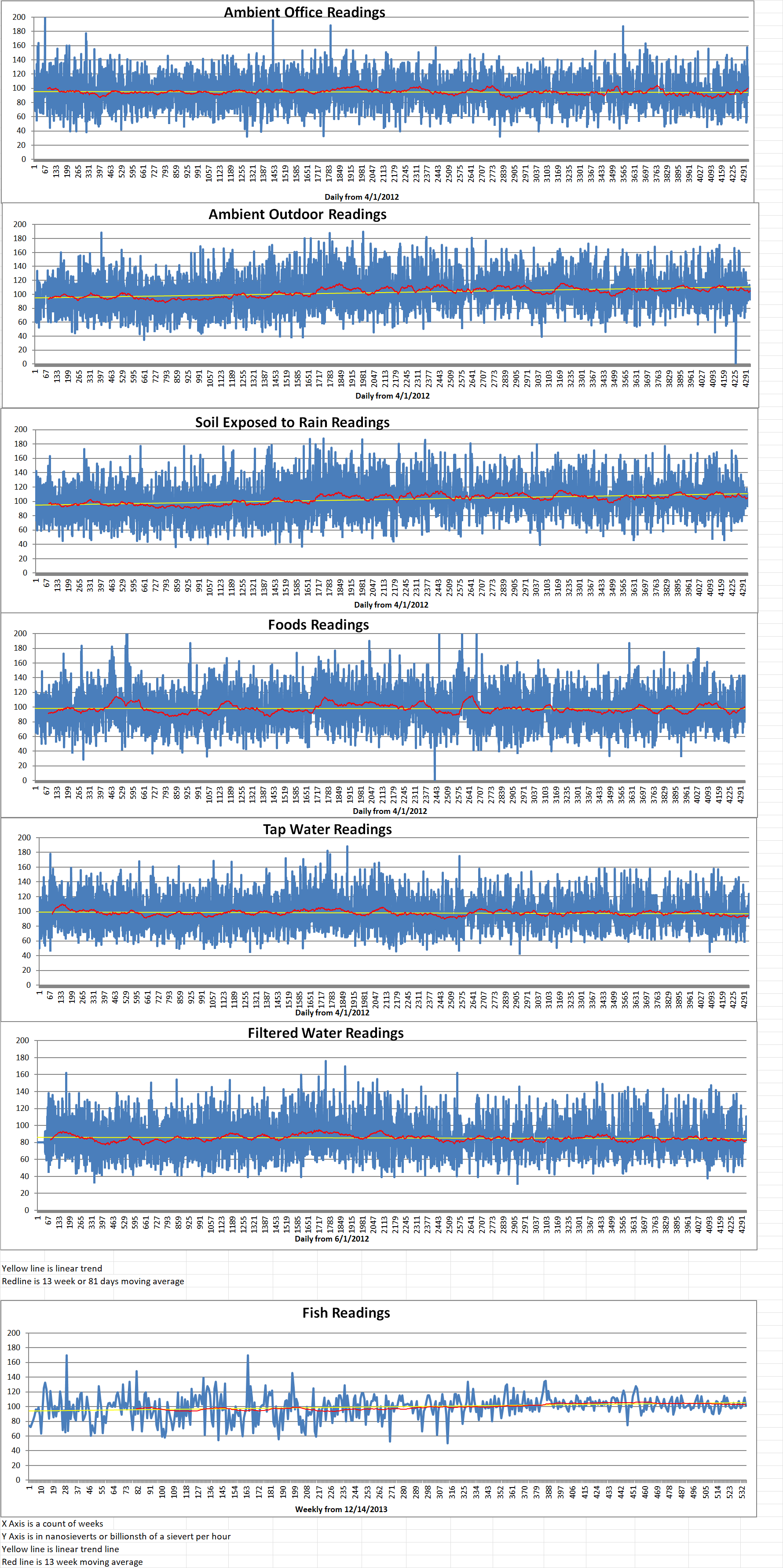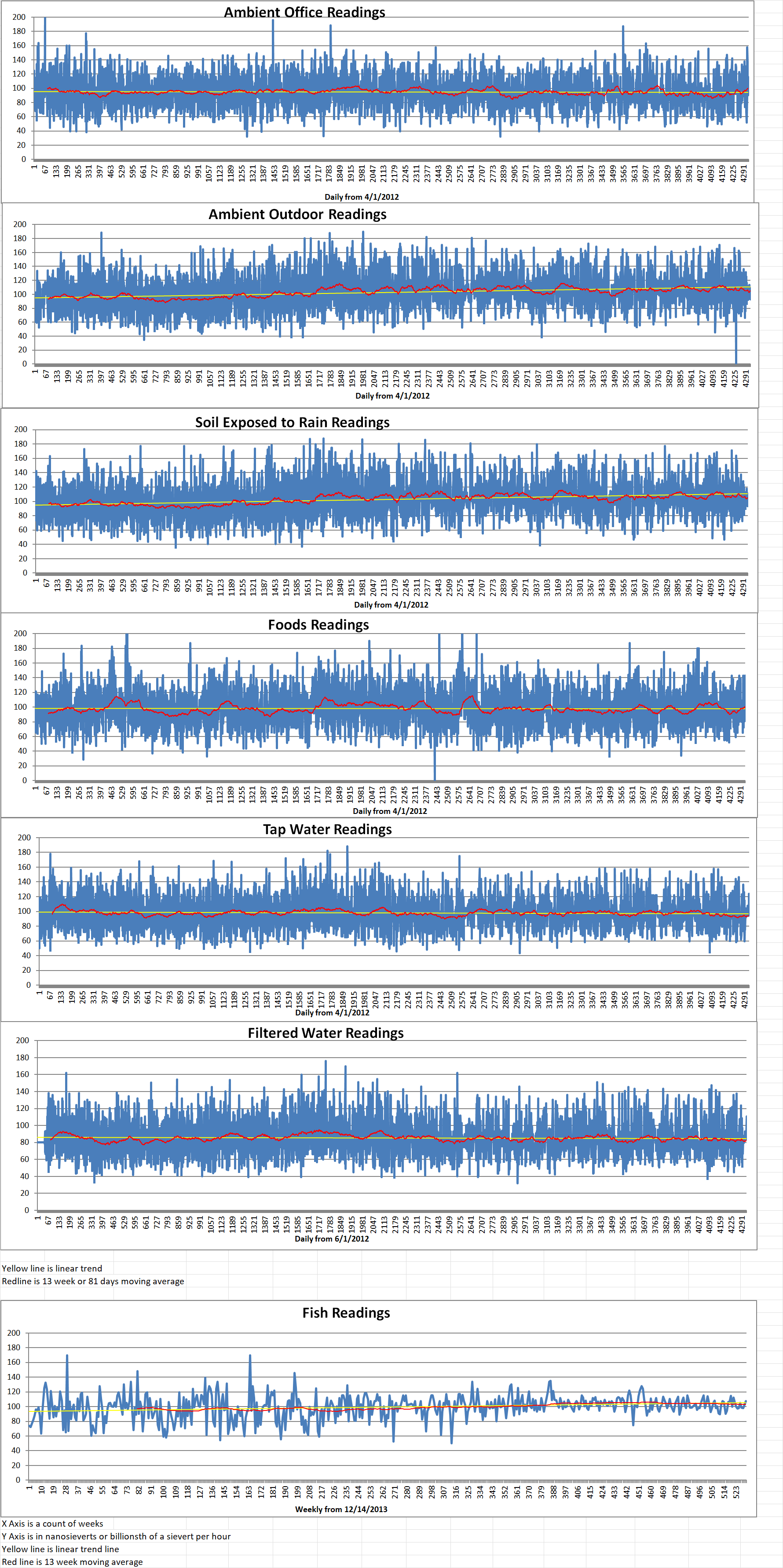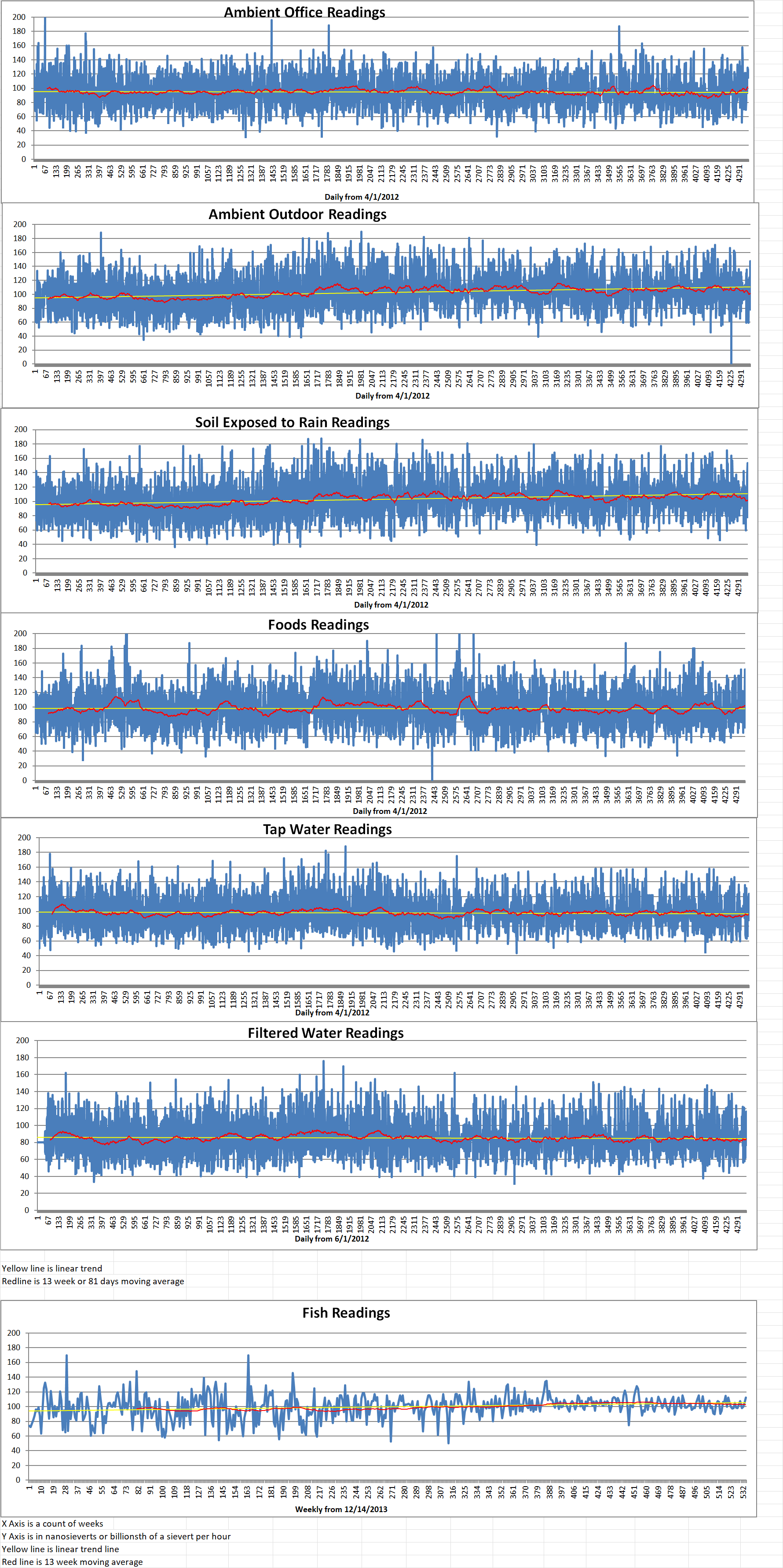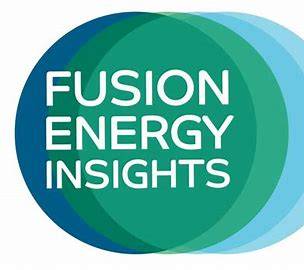Part 1 of 2 Parts
Small modular reactors (SMR) have long been touted as the future of nuclear energy. However, they will actually generate more radioactive waste than conventional nuclear power plants. This was found during research at Stanford and the University of British Columbia.
Nuclear reactors generate electricity with limited greenhouse gas emissions. A nuclear power plant that generates one gigawatt of electricity also produces radioactive waste that must be isolated from the environment for hundreds of thousands of years. In addition, the cost of constructing a large nuclear power plant can be tens of billions of dollars.
To address these challenges, the nuclear industry is developing SMRs that generate less than three hundred megawatts of electric power. SMRs are about one tenth to one quarter the size of a traditional nuclear energy plant due to compact, simplified designs. They can be assembled in factories. Industry analysts say that these advanced modular designs will be cheaper and produce less radioactive waste than conventional large-scale reactors. However, a study published on May 31 of this year in Proceedings of the National Academy of Sciences has reached the opposite conclusion.
Lindsay Krall is a scientist at the Swedish Nuclear Fuel and Waste Management Company and lead author of the study. She said, “Our results show that most small modular reactor designs will actually increase the volume of nuclear waste in need of management and disposal, by factors of 2 to 30 for the reactors in our case study. These findings stand in sharp contrast to the cost and waste reduction benefits that advocates have claimed for advanced nuclear technologies.”
About four hundred and forty commercial nuclear reactors currently operate globally. They provide approximately ten percent of the world’s electricity. In the U.S., ninety-three nuclear reactors generate about a fifth of the country’s electricity supply.
Unlike power plants that run on coal or natural gas, nuclear plants emit little carbon dioxide which is a major cause of global warming. Nuclear advocates say that as global demand for clean energy increases, more nuclear power will be needed to minimize the effects of climate change.
However, nuclear energy is not risk free. In the U.S., commercial nuclear power plants have produced more than eighty-eight metric tons of spent nuclear fuel, as well as substantial volumes of intermediate and low-level radioactive waste. The most highly radioactive waste is mainly spent fuel. It will have to be isolated in deep-mined geologic repositories for hundreds of thousands of years. Currently, the U.S. has no program to develop a geologic repository, after spending decades and billions of dollars on the Yucca Mountain site in Nevada. Spent nuclear fuel is currently stored in pools or in dry casks at reactor sites. It is accumulating at a rate of about 2,000 metric tons per year.
Some nuclear analysts claim that SMRs will significantly reduce the mass of spent nuclear fuel generated compared to much larger, conventional nuclear reactors. Other analysts say that conclusion is overly optimistic, including Krall and her colleagues.
Krall said, “Simple metrics, such as estimates of the mass of spent fuel, offer little insight into the resources that will be required to store, package, and dispose of the spent fuel and other radioactive. In fact, remarkably few studies have analyzed the management and disposal of nuclear waste streams from SMR.”
Please read Part 2 next






